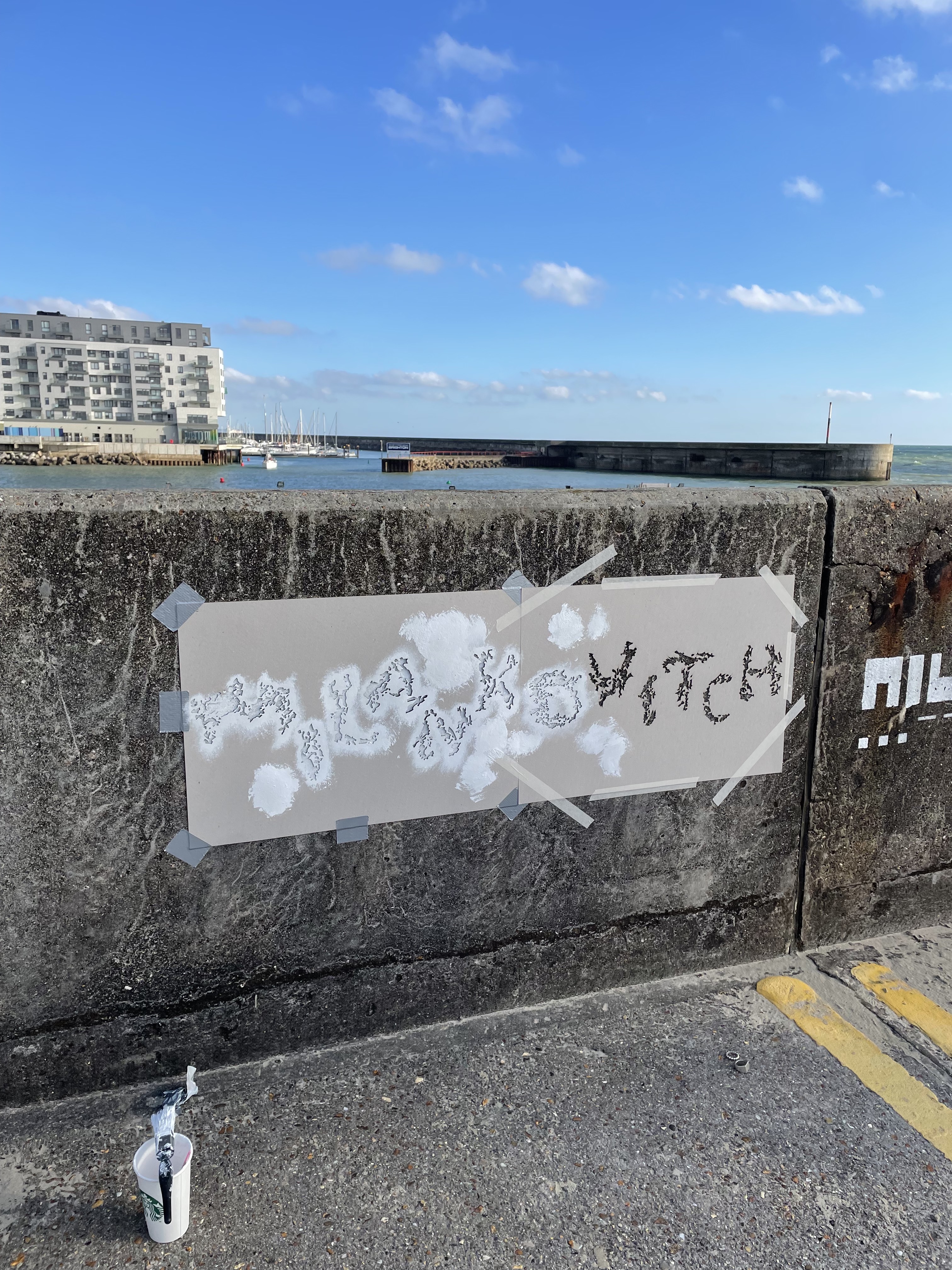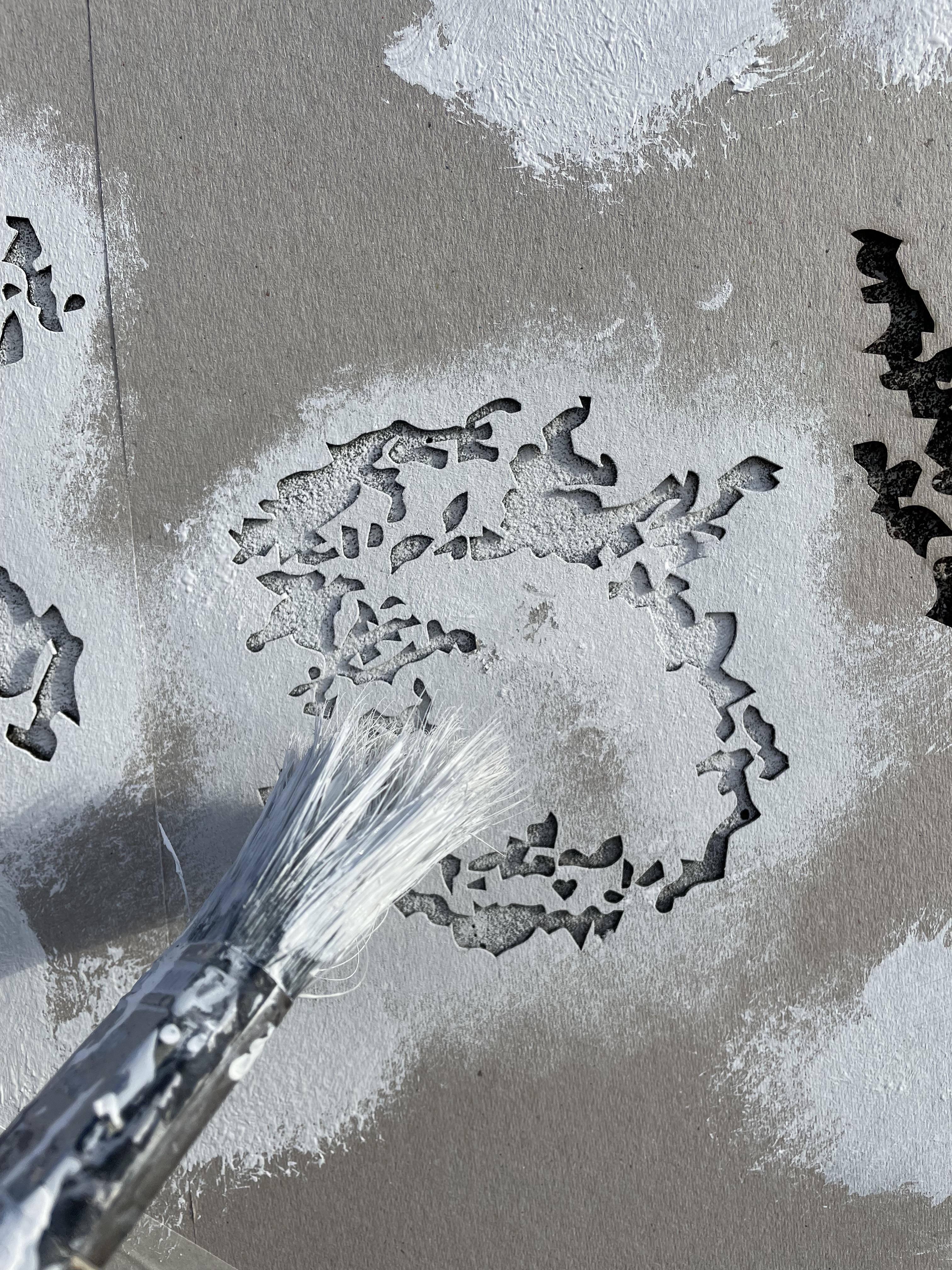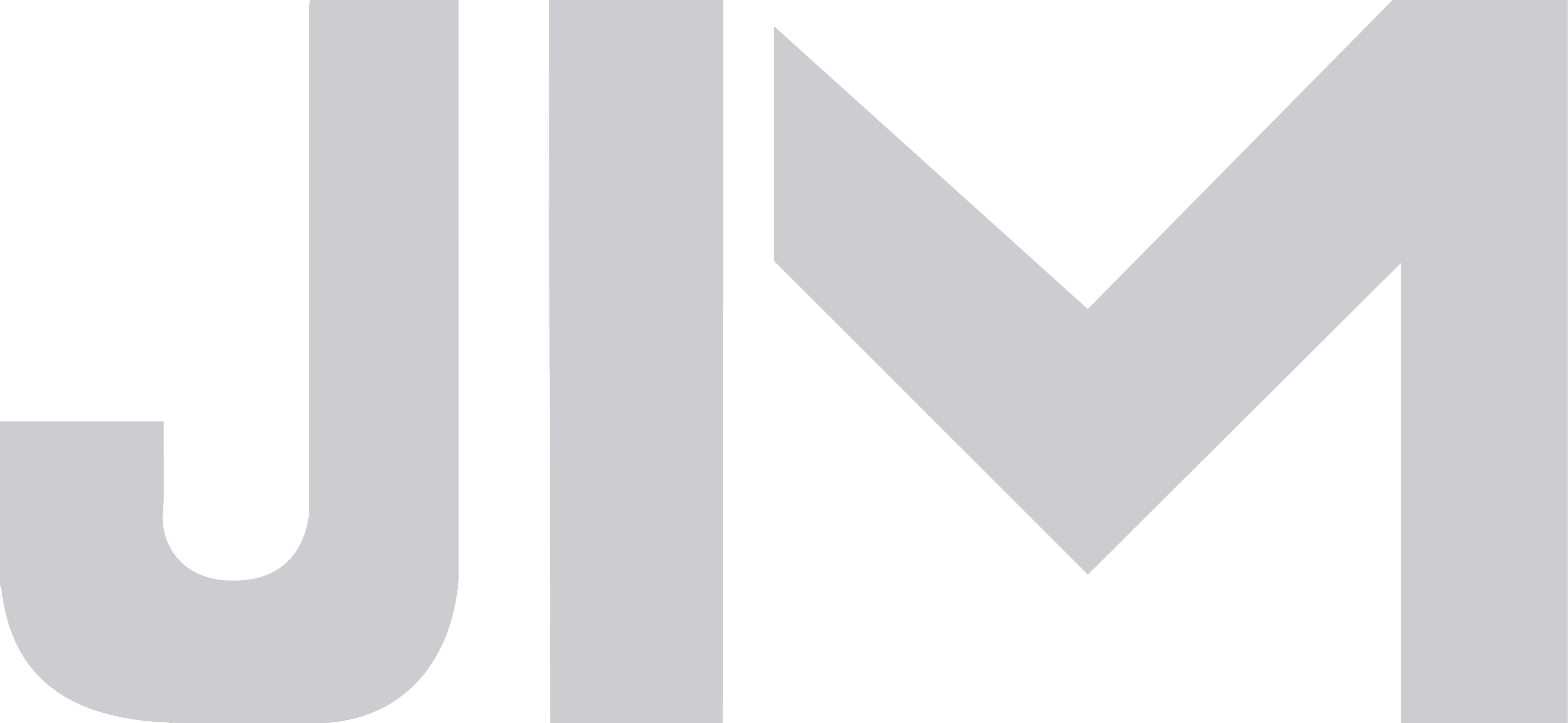Type and Language
AGP500
From: Second year studies at Brighton University
For this project I was asked to generate a stencil poster (hand cut or laser cut into grey board) that will carry a word, influenced by the climate summit in Glasgow 2021, that will be jet washed or chalk-painted onto the public site, The Marina Brighton. I had to consider the typographic form and how I generated and communicated meaning through a carefully selected word, its letter form, layout and composition. My experiments had to reflect a rapid and well-organised but ambitious set of experiments that take content and put it into context.


At the beginning of the project I started by visiting the site where I would be presenting the poster. Whilst being there I was influenced by the textures that the crashing waves had made on the sea wall. I also had thought about what I wanted to represent in this project with the obvious link to the G7 summit being our natural environment and trying to save it, so as I began to think about these natural textures I thought the link was strong and informed.
Above are the rubbings of the textures that I collected on my first trip to The Marina Brighton. I was planning on using these textures as a simplified illustrative background which would be adorned with bold type layered on top reading my chosen word.
This was also when I started to think about what word I wanted to use for my poster; I started by brainstorming some key words, earth, direction, change, dark, light, nature, natural and life. I typed all of these words into a search engine where I was given many different outcomes, the one I took special interest in was the science of Milankovitch cycles that describes the collective effects of changes in the Earth's movements and subsequently on its climate over thousands of years. It has to do with the angle and direction of the earth which I thought fit to our topic of the future concerning the G7 summit.
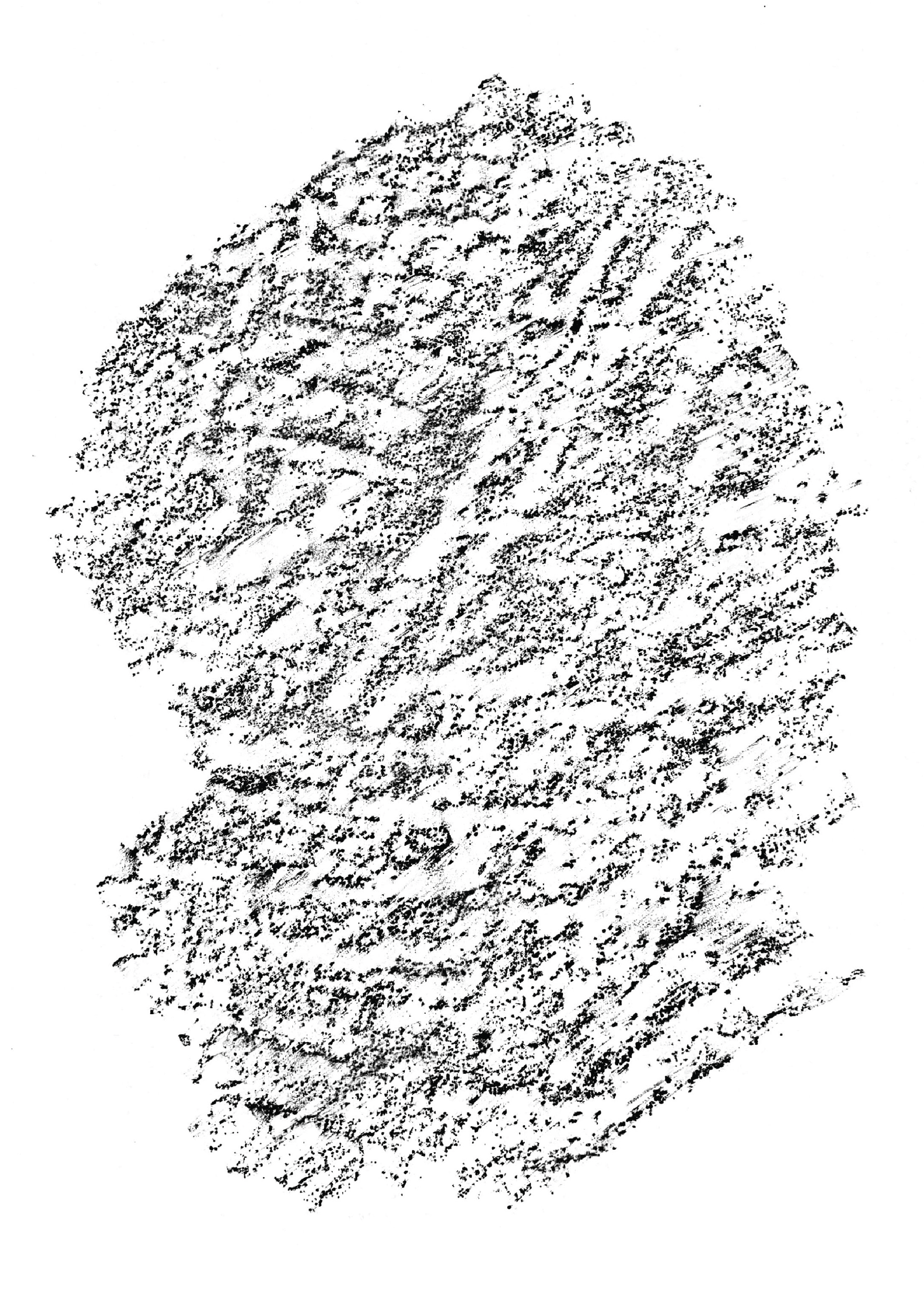
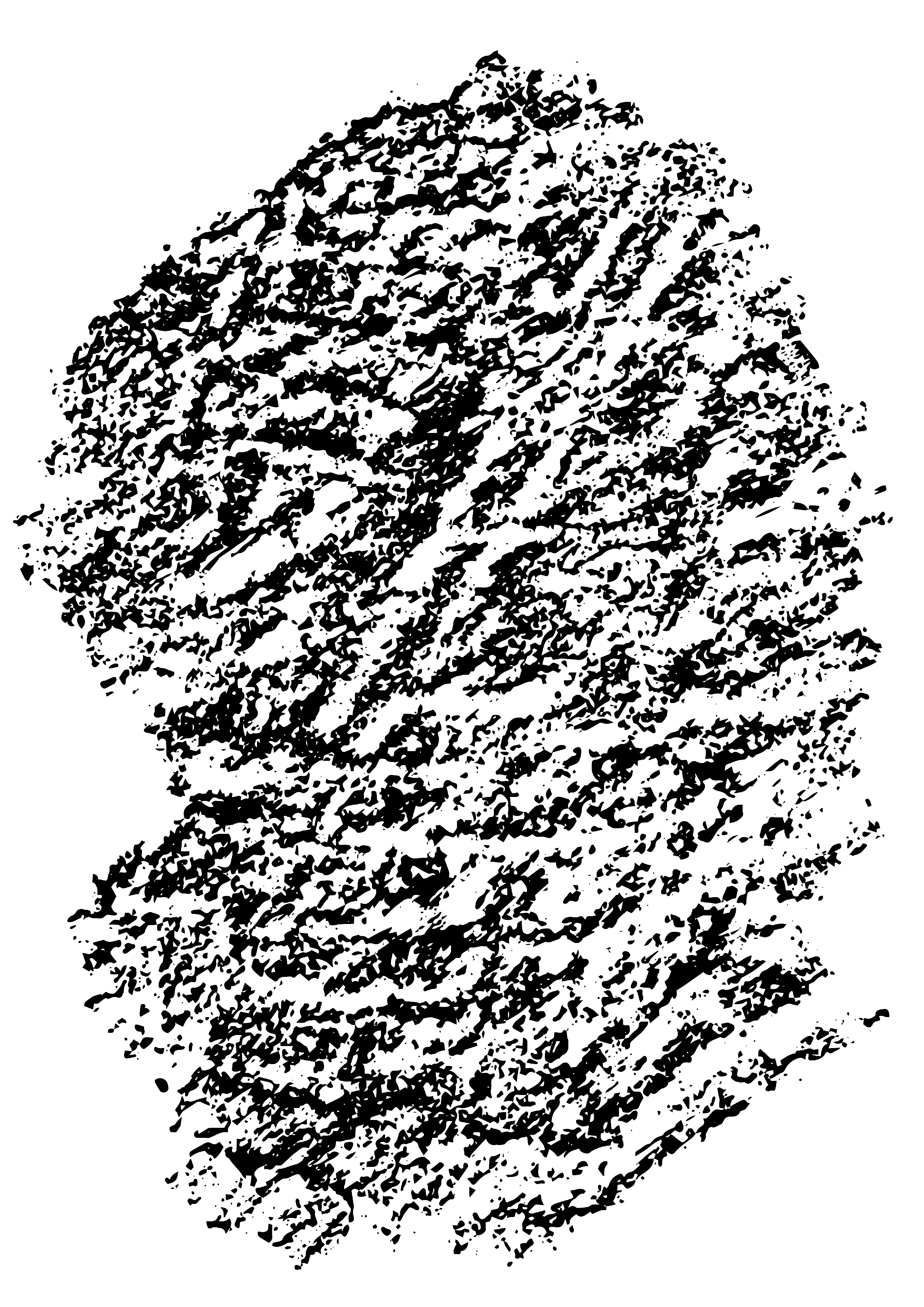


Next I took my most successful rubbing and simplified the texture by editing it down using the image trace tool on illustrator. I focused in on a smaller section of the texture and produced a lino print, I wanted to create my own textured print based off of the shape that I had already collected.

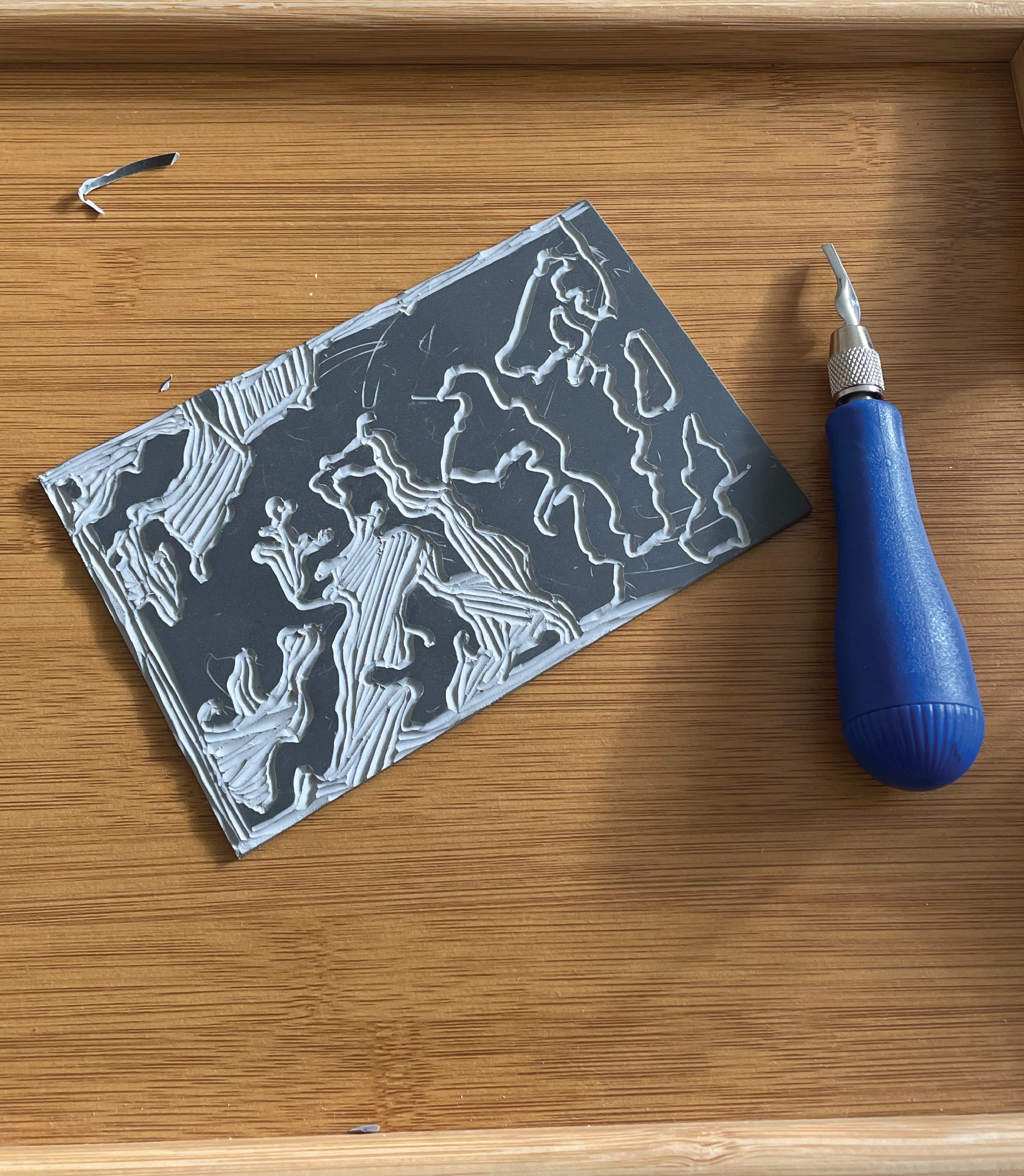
My plan was to use this lino print for the background of my poster, yet I realised after working on the design that the layered type wasn’t
legible enough to be read in passing. This was an important part of the design as I wanted people to be able to read the word clearly as it’s already not a very recognisable
conventional word.
conventional word.
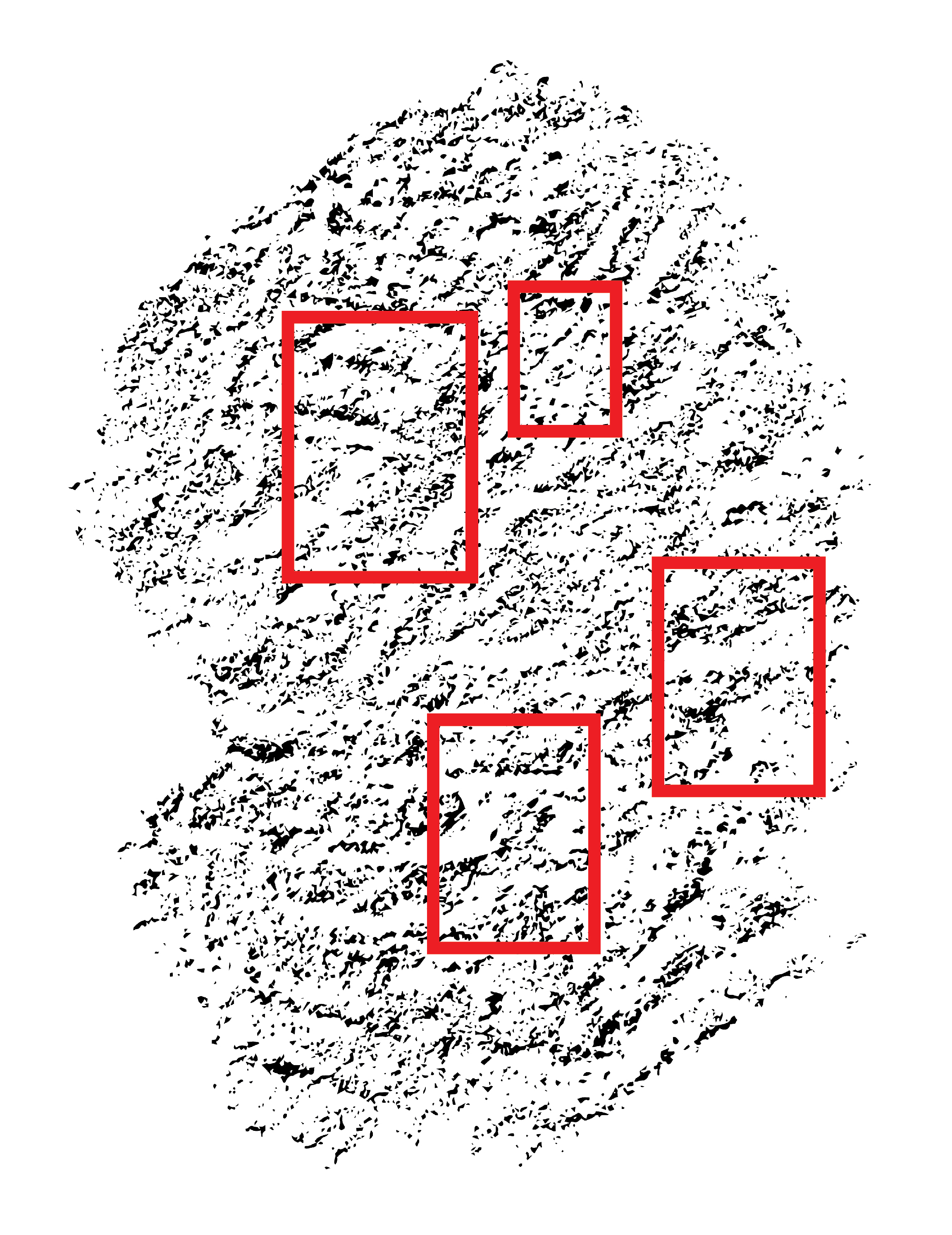
Once I realised that I needed the poster to be more simplistic in its design I started experimenting with alternative ways to incorporate the textures into the type itself. This led me to cut out bold letters, place them on the ground, layering a piece of paper on top and producing a rubbing. This gave me the idea to use the edited texture’s shapes to make my own type face. First I chose sections of the simplified rubbing so that I could clean them up, deleting the smaller shapes; this is because they would be too small to paint through after being laser cut.
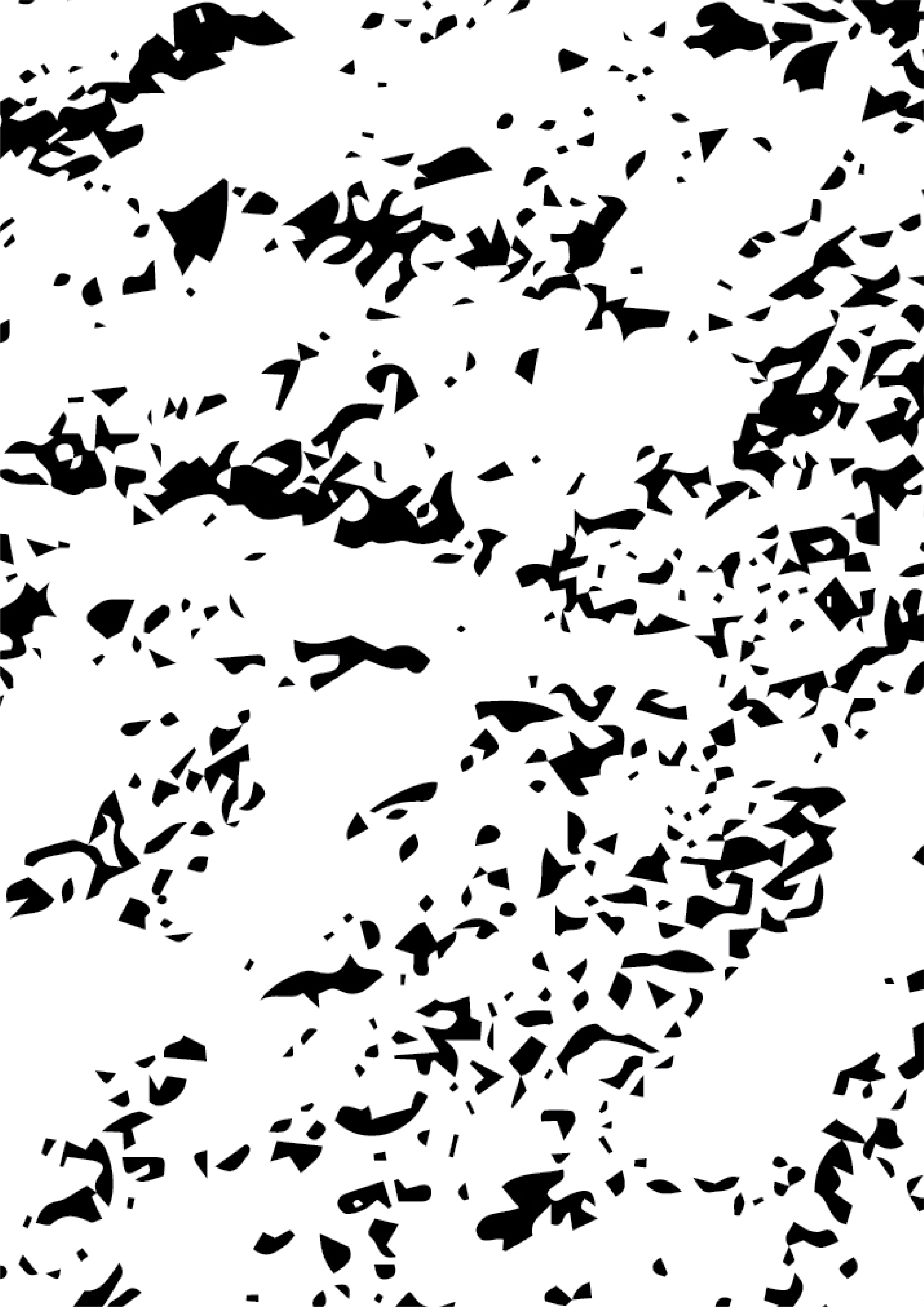

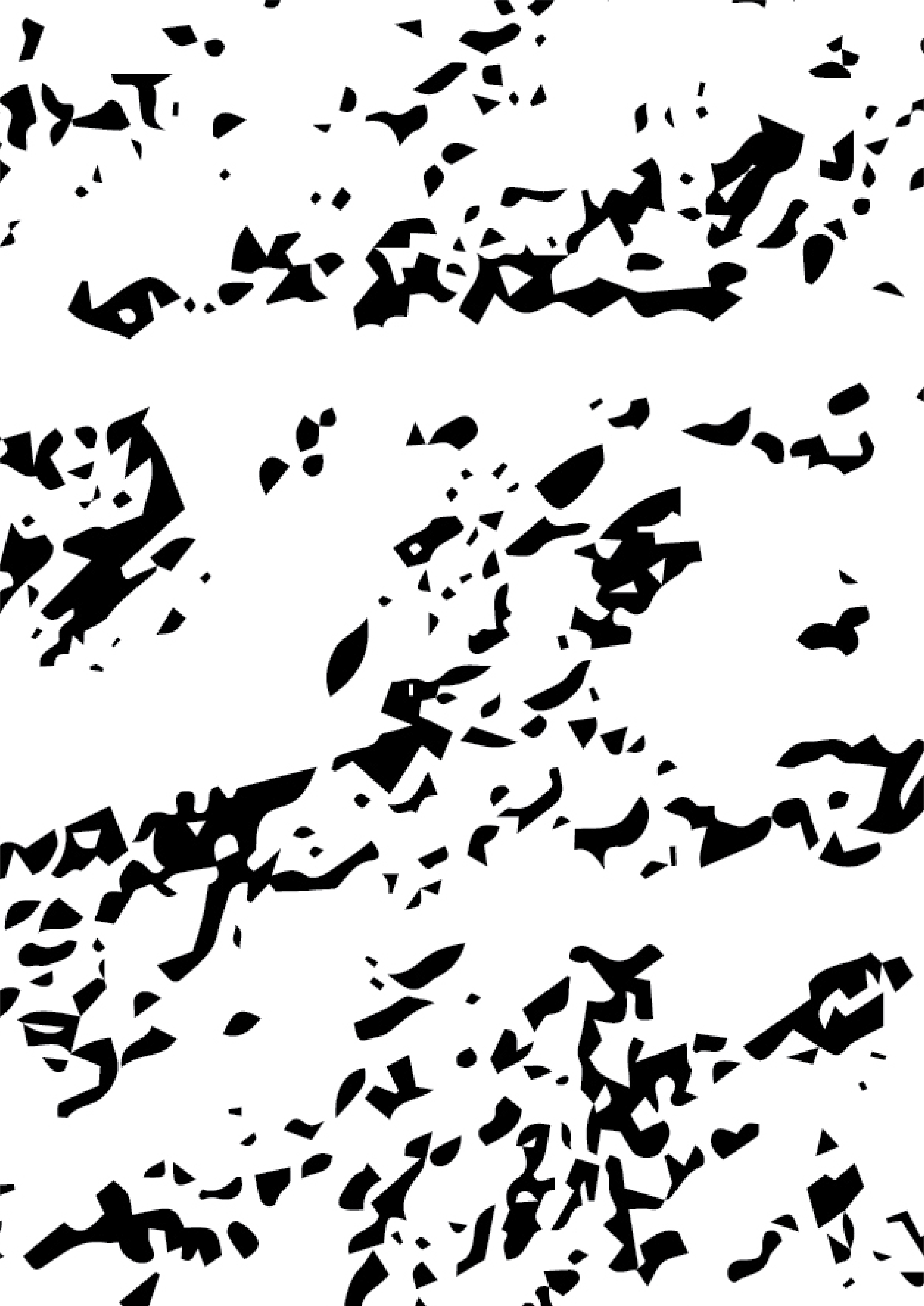

I chose to create two posters so that I could display my word, in full, over two landscape A2 grey boards. Below are the two PDFs I sent to be laser cut.


Final Outcome:
